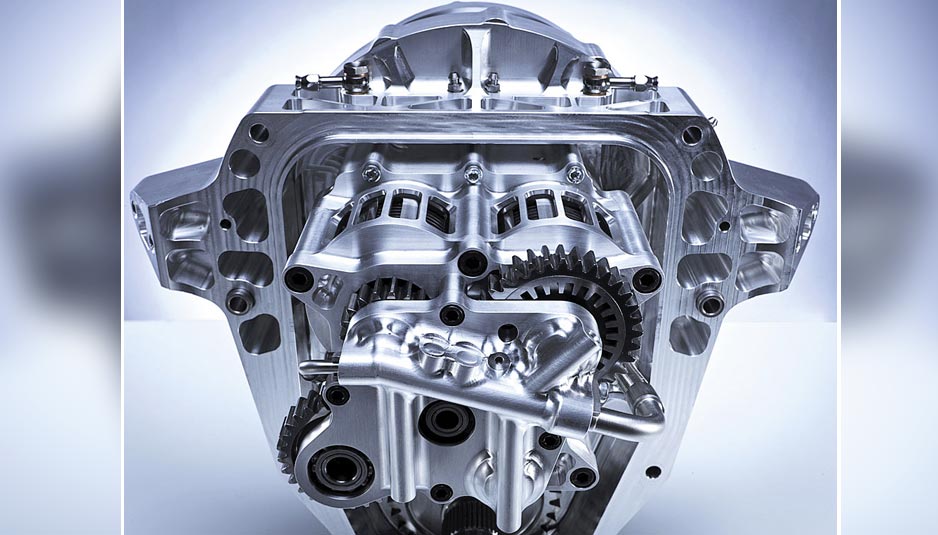Kers: the energy storage system
The KERS (Kinetic Energy Recovery System), is a device that allows a partial recovery of the kinetic energy dispersed in deceleration and braking (in form of heat), in mechanical or electrical energy, avalaible for the propulsion of the vehicle, the operation of its devices and also allows a reduction of fuel consumption. This system is (generally) consists of an engine / generator, an accumulator of energy (electrical or mechanical) and a control system.

busandcoachbuyer.com
The KERS (Kinetic Energy Recovery System), is a device that allows a partial recovery of the kinetic energy dispersed in deceleration and braking (in form of heat), in mechanical or electrical energy, avalaible for the propulsion of the vehicle, the operation of its devices and also allows a reduction of fuel consumption. This system is (generally) consists of an engine / generator, an accumulator of energy (electrical or mechanical) and a control system.
The kers from 2009 is used in formula 1, to improve performance of the cars, recovering 400 KJ of energy can be delivered with a power of 60 kW (about 80 Hp) for 6,6 seconds. Depending on the energy storage system used, we distinguish the kers in electrical and mechanical.
The mechanical kers is constituted by a flywheel connected to the engine by a variable ratio transmission. The energy produced by the vehicle during braking is stored and converted by a system of pulleys and gears that works on the block gear-converter-flywheel.
The electric kers compared with the mechanical kers presents a more simple construction scheme, but is more complex in the eyes of management and logistics of the weights (it weighs about ten kg more).
The system is constituted by an engine-generator connected to a series of batteries. During braking, the motor acts as a generator converting the mechanical energy into electrical energy, then converted into chemical energy to charge batteries; instead during acceleration the process will be reversed, providing power to the electric motor that will work simultaneously to heat engine. This type of kers, is characterized by a more complex energy conversion process and is able to recover 40% of energy compared to 70% of the mechanical solution. Its main advantage is the possibility to change the configuration of the installation depending on our needs.
